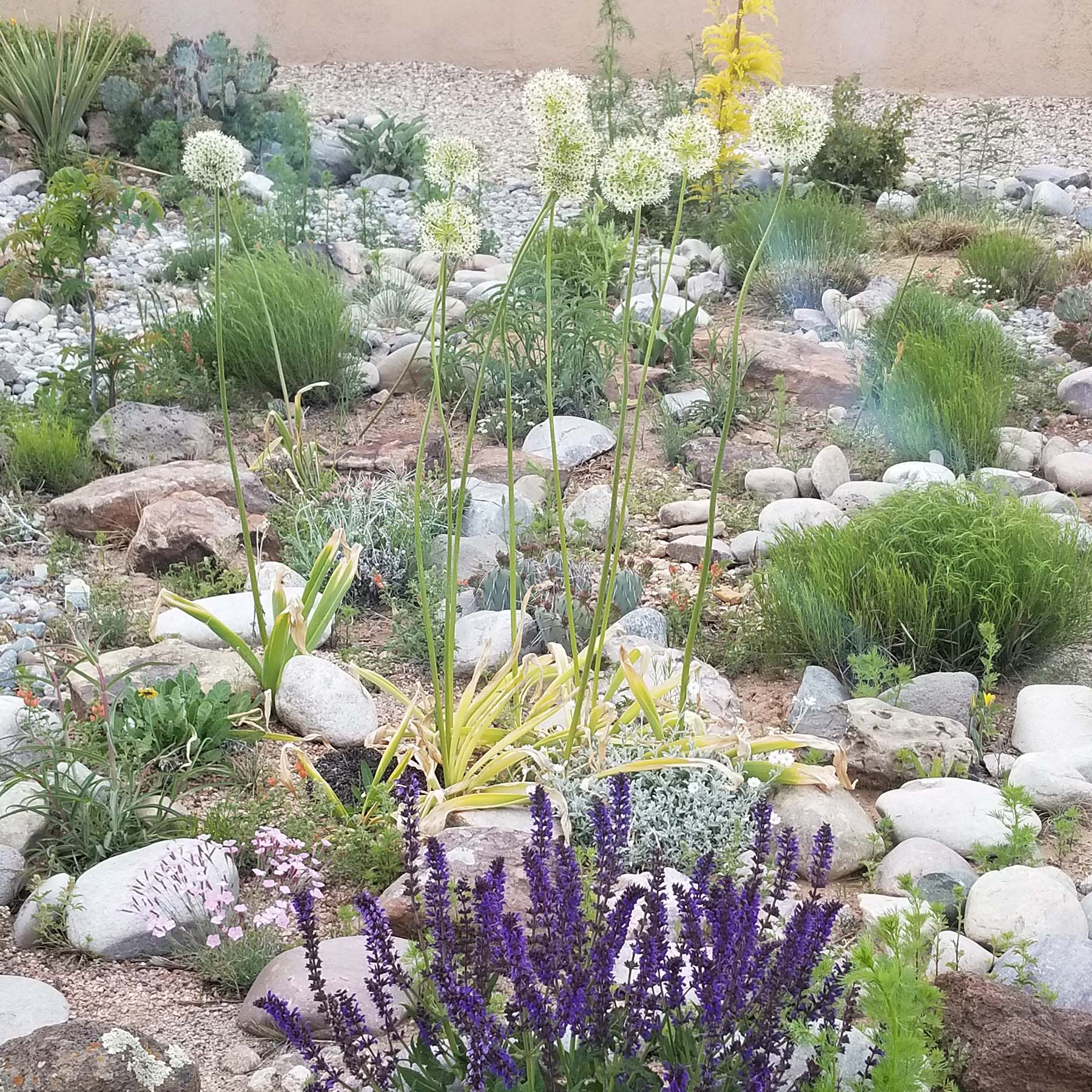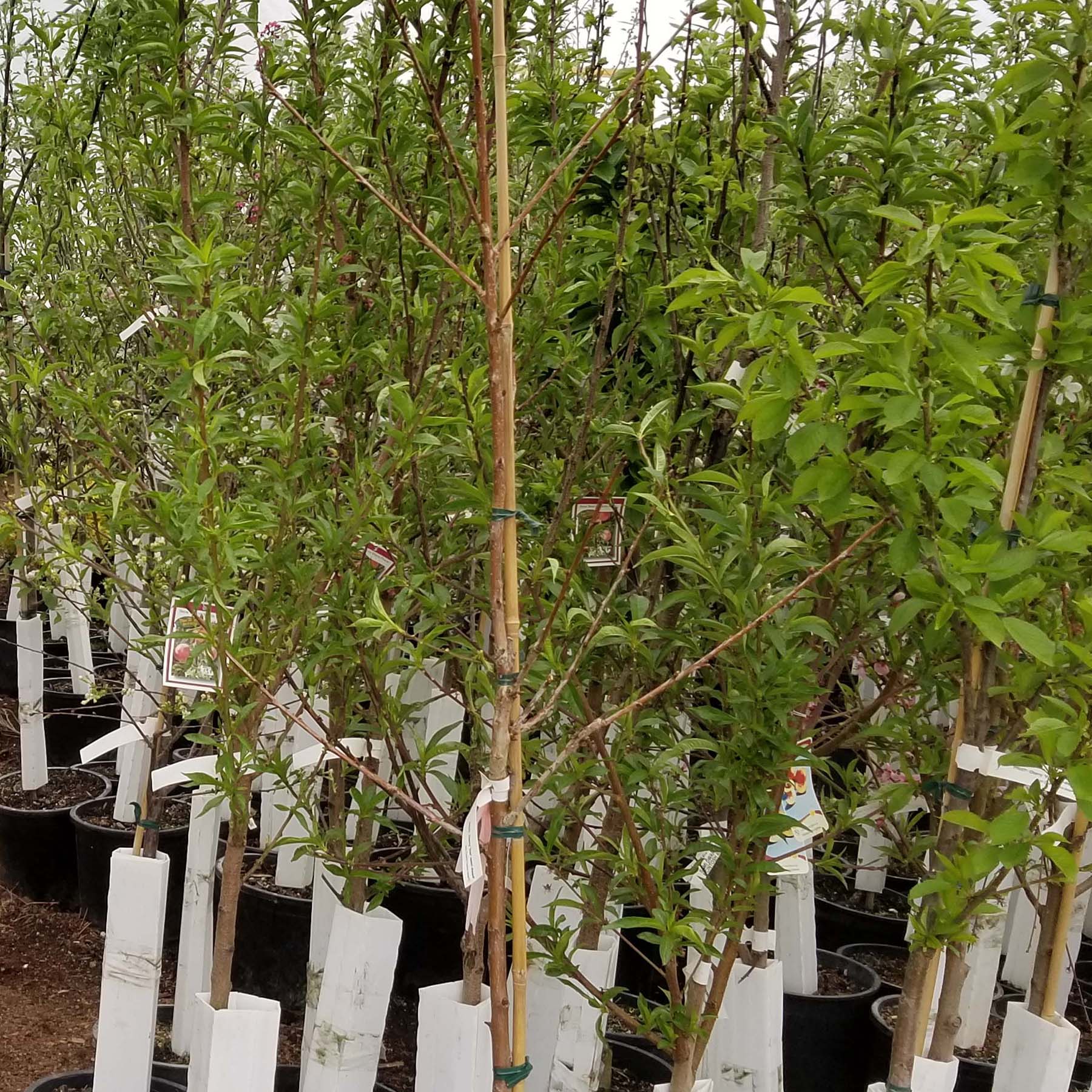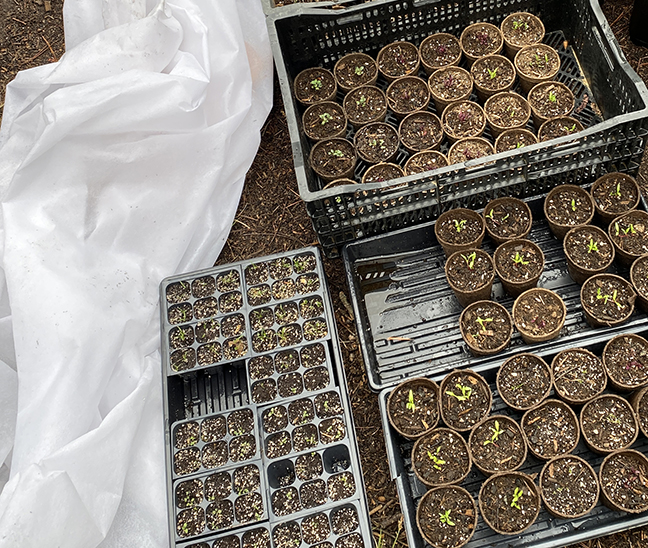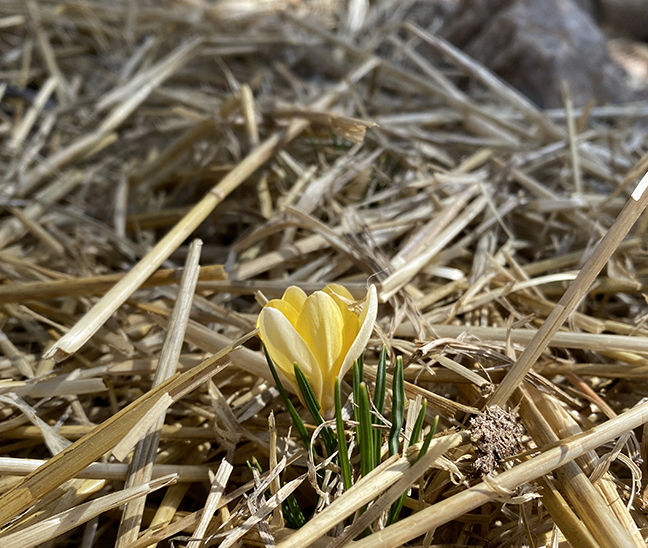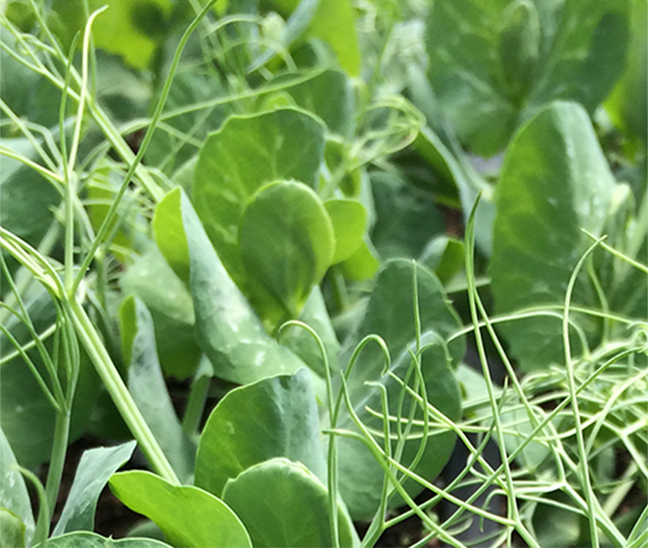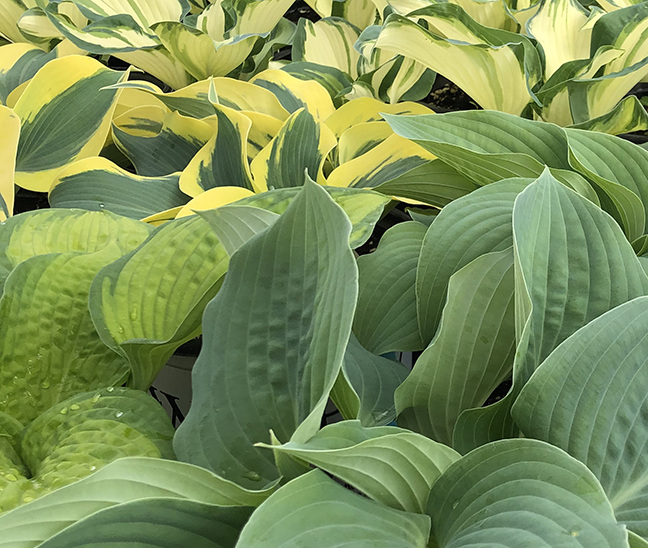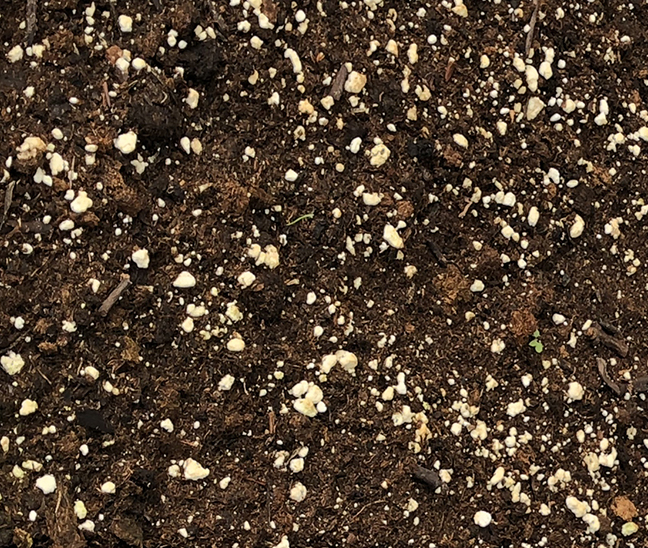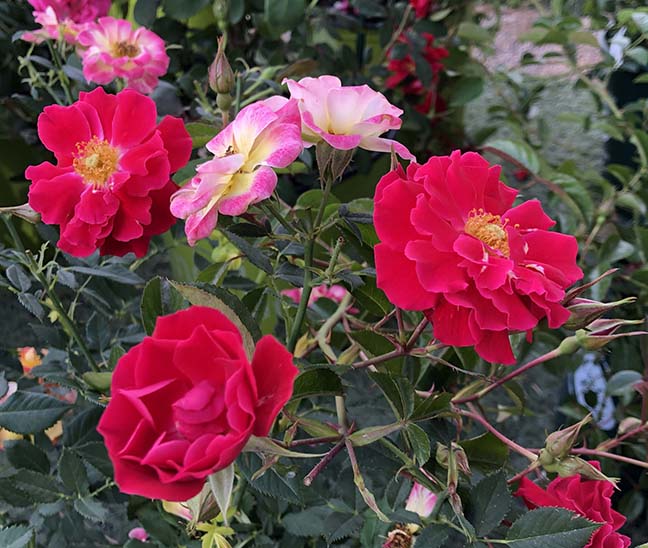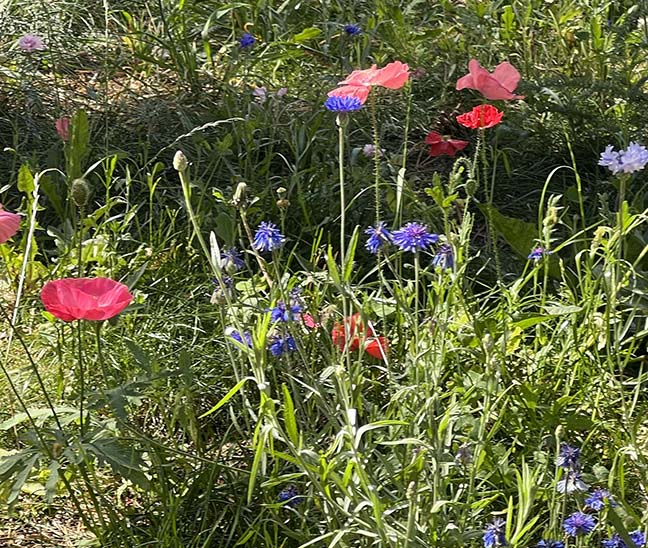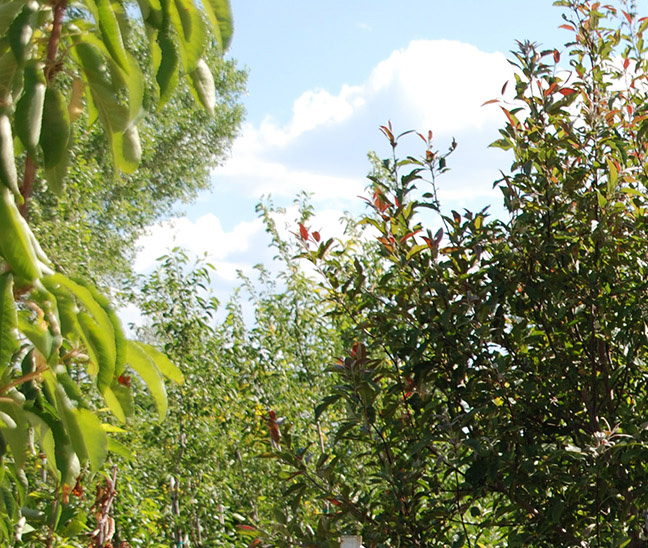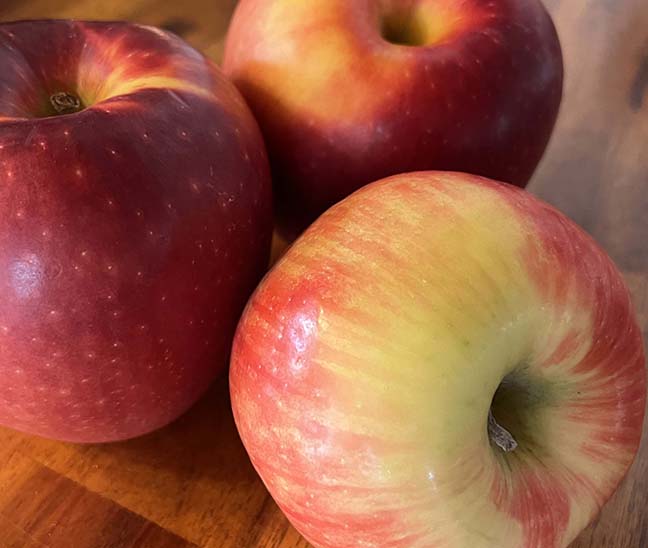About those grasshoppers...
Earlier this year, we asked our newsletter subscribers to share their best grasshopper control methods, and what we’re hearing is that predators are the most reliable strategy.
Turns out lots of animals love to devour these voracious eaters of our garden plants, including coyotes and pet cats… but your biggest allies in grasshopper management are birds and bats.
Chickens, geese, ducks, and other domestic birds are pretty great if you have the means to keep them, but you’ll also do well to invite wild birds and bats to your property by providing good habitat and an open water source.
Xeriscaping or Zeroscaping?
Xeriscaping (“dry” landscaping) is landscaping that requires minimal watering once established.
Moisture conservation is key, and your xeriscape can include things like efficient irrigation systems, water-retaining mulches, and, of course, drought-tolerant plants.
Zeroscaping, or 0-scaping, is landscaping design that aims for zero maintenance once established.
It can consist primarily of non-living elements like rocks and decor, but you can also incorporate native plants and wildflowers that know how to fend for themselves in your area.
A living zeroscape may have a “wilder” appearance than conventional landscaping, but you can keep it more true to your vision by putting down weed barrier fabric to prevent unwanted plant life from emerging.
Blossom End Rot
It's a common setback in tomato and squash gardens, typically caused by inconsistent moisture, nutrient deficiency, or both.
Affected tomatoes develop a growing dark spot on the blossom end (opposite the stem) that can appear leathery or hard.
The condition in squash is more likely to present as a pinched effect at the end of the fruit, with or without discoloration.
To treat plants already showing signs of blossom end rot, we recommend a liquid-concentrate calcium supplement.
Ask a Petree’s expert for a specific product recommendation.
First, remove any affected fruits, to make sure all the nutrients go where they’re needed.
Follow the instructions on the product packaging for dilution and application.
Try to keep your watering as consistent as possible - not too wet and not too dry - and minimize fluctuations if possible.
Adding Azomite to the soil will provide a long-lasting, continuous source of calcium and other trace minerals to help prevent blossom end rot moving forward.
Azomite is also helpful in preventing the condition in the first place, so remember to add it to your soil in future gardens.
Azomite is available at Petree’s in bulk by the pound or in 40-pound bags.
What is organic gardening?
If you grow your food using only materials coming from nature, with no synthetic or chemically modified ingredients in your gardening products, you can consider yourself an organic gardener.
Simple products like peat, perlite, guano, worm castings, and other single or mixed ingredients coming straight from nature can be considered organic in the context of gardening.
If you want the USDA to consider your produce eligible for sale with organic labeling, you need to know more about those natural materials, for example, whether the manure or guano you’re using came from animals that were fed an organic diet.
In this case, you want to look for special labeling.
Products with the “OMRI-listed” label have been certified through the Organic Materials Review Institute, which means they went through rigorous testing to determine they contain no man-made chemicals and are suitable for organic production.
